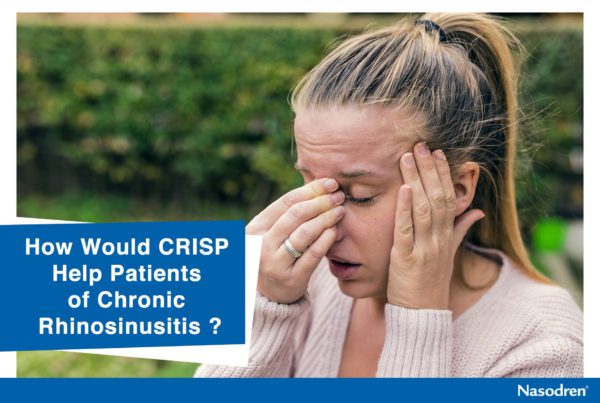>Symptoms and treatment of cavernous sinus thrombosis
Symptoms
- Patients suffering from cavernous sinus thrombosis (CST), one of dangerous side effects of sinus infection may feel very ill and complain about the following:
- sudden headache,
- nausea and vomiting,
- lethargy,
- pain in eye and
- neck stiffness (nuchal rigidity).
- Cranial nerve testing may reveal sensory deficit of the trigeminal nerve’s ophthalmic branch and muscle paralysis (palsies) of the some nerves.
- Doctors may observe sluggish or dilated pupils, bulging eyeballs (proptosis), swelling of optic nerve (papilledema), retinal hemorrhages, tenderness and orbital edema during eye examination.
- Inflammation and blood clot (thrombosis) in the cavernous sinuses and / or nearby area occur.
- Cornea swelling (chemosis) may drooping eyelids (ptosis) may also indicate CST.
- Other CST symptoms include
- Quick development of proptosis
- The motor cranial nerves paralysis
- Symptoms of acute orbital cellulites
- Meningitis signs
- Picket fence fever in which temperature reaches to high level
- Stupor, unconsciousness and unclear thoughts
- If CST is spreading from the sphenoid sinuses, papillitis and proptosis may occur with thrombosis in cavernous sinuses.
- Headaches may lead to periorbital edema and fever after some days.
- The orbital veins may get blocked, causing periorbital edema. So, never ignore side effects of sinus infection.
Treatment
During initial stage, aggressive treatment is required to prevent the infection from spreading further. Patients shall be monitored during treatment to observe any further complications and / or improvements. However, even after treatment, cranial nerve paralysis (palsies) does not disappear. Half of the patients who recover from CST suffer from complete or partial palsies of the cranial nerve.
An assortment of antibiotics is administered to treat these side effects of sinus infection. However, the type of antibiotics depends on the result of the sinus exudate and blood cultures. Besides systemic antibiotic therapy, emergency surgery may be required to drain the infection. If CST patients do not respond to antibiotics, corticosteroids may be administered to reduce chances of adrenal insufficiency and orbital congestion. However, use of systemic corticosteroids is controversial.
Intravenously given anticoagulants may check growth of the thrombosis. Anticoagulants may facilitate recanalization of thrombous (clot), enabling easy and quick penetration of antibiotics. However, anticoagulation therapy may cause septic emboli, thereby causing risk of intracranial bleeding. In addition, very few studies have been conducted on effectiveness of anticoagulation. The use of anticoagulation, thus, is controversial. Some times steroid therapy is used for the treatment, but it is also controversial. So, consult your physician.







